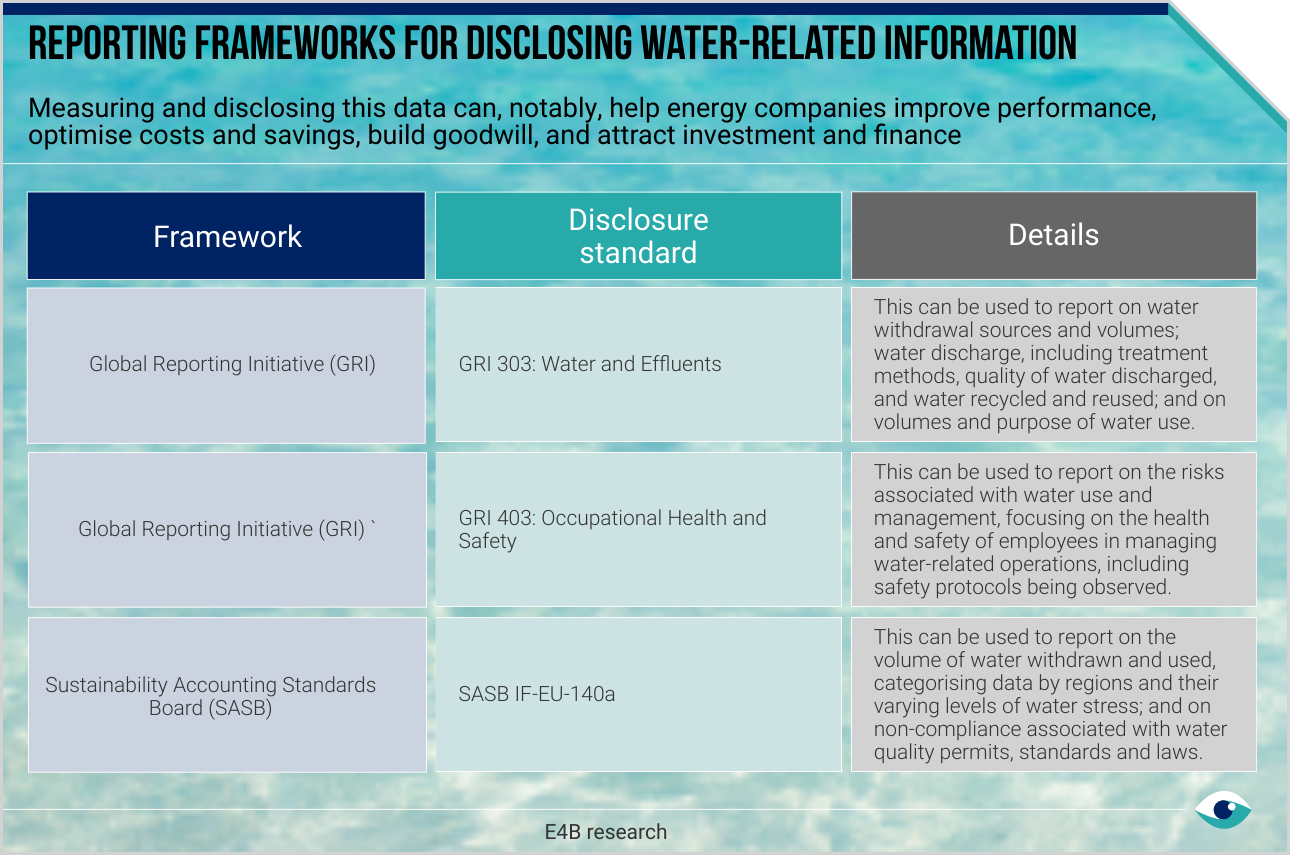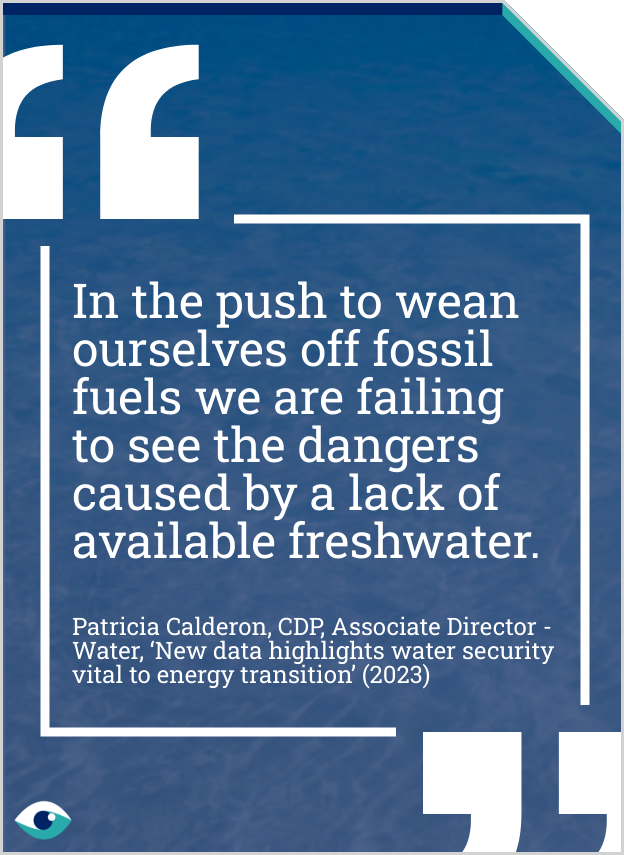Global insurance markets increasingly recognise extreme weather as a factor exacerbating water scarcity, posing significant risks to the energy sector given its critical dependence on water resources. Within the energy sector, coal power generation is a significant source of water consumption. Access to fresh water is essential for human life and industry and its scarcity can severely impact both ecosystems and the economy. Organisations can reduce dependency on freshwater by investing in technologies such as seawater desalination plants and recycled water systems, ensuring sustainable energy sector operations even in high water-stress regions.

Water scarcity challenges for the energy industry
Droughts and heatwaves demand energy companies adopt desalination and recycled water systems to ensure sustainable operations
Nature & climate risks
Energy (all industries)
Publication date: 02 Jul 2024
By Eye For Business
AT A GLANCE
Water scarcity poses a significant risk to the energy sector, driven by climate impacts such as droughts and heatwaves.
This risk is critical as it threatens the continuity of operations and the sustainability of water resources.
The energy sector must innovate and invest in water management technologies to ensure resilience and stability.
Desalination solutions
One of the most effective ways to address water scarcity in high-stress regions is to implement seawater desalination plants. Chevron operates two onshore permanent seawater reverse osmosis desalination facilities in Australia, with a combined maximum capacity of 1.8 million cubic metres per year. This investment ensures that operations can continue even when freshwater sources are limited.
Recycled water use
Investing in recycled water systems is crucial for reducing dependency on freshwater, as highlighted by the SASB Water Utilities and Services standard. The standard (disclosure metric IF-WU-440a.2) encourages the disclosure of recycled water delivered to customers and the reporting of strategies to manage risks regarding quality and availability of water. Organisations can mitigate water stress by prioritising water recycling and implementing water management systems.

Water efficiency methods
Implementing water-efficient processes is essential, especially in regions facing water scarcity, often in the Global South. Google is collaborating with the World Meteorological Organization (WMO) to bring AI-powered flood forecasting to every country, significantly improving flood detection accuracy. PetroChina highlights the need for strategies to prevent water shortages in water-scarce areas and the importance of integrating water resource constraints into sustainable development plans. The World Economic Forum's 2022 global risks report identifies natural resource crises, including water scarcity, as one of the top ten global risks.

Advancing water technology
Organisations must integrate climate risk assessments into their strategic planning for long-term resilience. Risk-based monitoring tools and approaches are critical in order to evaluate resilience under different scenarios, which can inform long-term organisational strategy for coping with varying climate conditions. Businesses can test their water stewardship responses against plausible future scenarios and shape strategic decisions to build resilience and mitigate uncertainty.
FURTHER READING
- Global risks, including water scarcity (WEF Global Risks Report)
- Seawater desalination projects (Chevron Sustainability Report)
- Water management (GRI 11 and 12)
